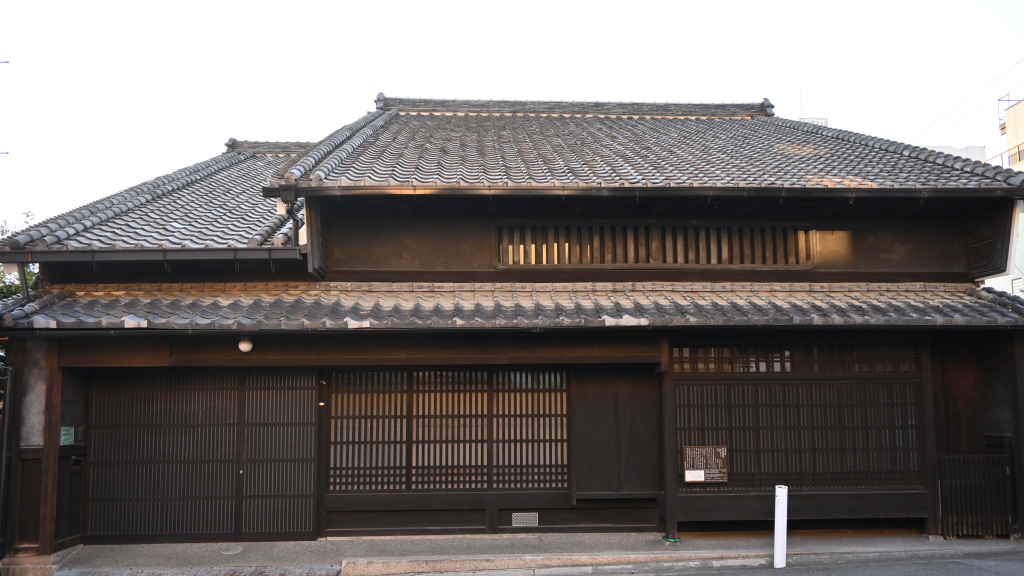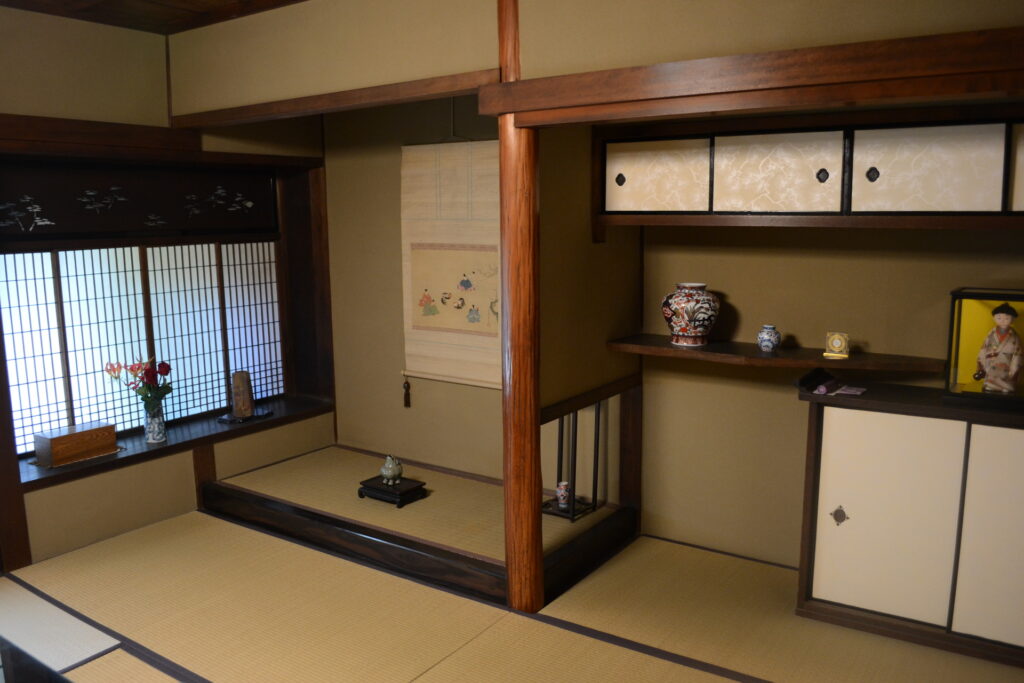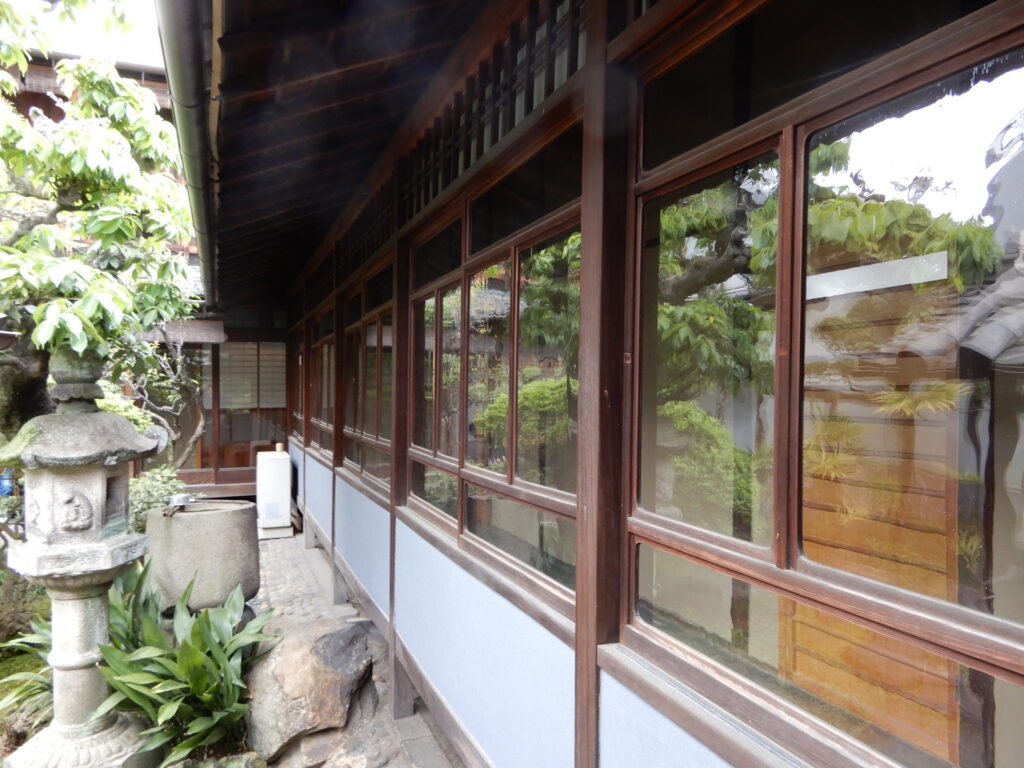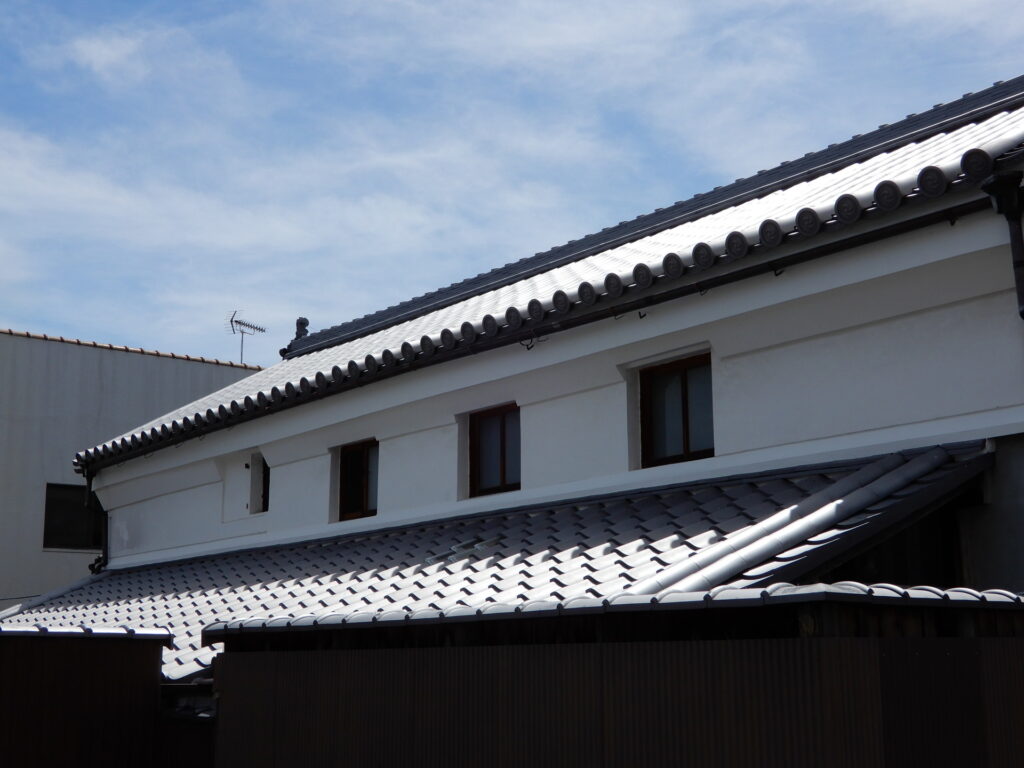Under preparation
The Japanese word “Machiya” means a traditional merchant house where combines workplace and residence.
Machiya Imazushi, registered as a national tangible cultural property, is preparing to offer a variety of cultural experiences and events in its authentic Japanese space.
We will inform you here when it become available.




Nara Prefecture has held Japan’s ancient capitals, such as Asuka and Heijo Palace, and has fostered a variety of cultures since the founding of the nation.
For example, Nara has a deep connection with Japanese calligraphy culture Shodo. The manufacturing techniques for solid ink Sumi and brushes Fude for Shodo introduced from China took root here, and even today, eight Sumi shops in Nara produce more than 90% of Japan’s Sumi. Furthermore, Nara’s Washi paper, including Yoshino Washi paper, has been passed down for over a thousand years and is highly regarded in the world of art and calligraphy.
Nara has also played an important role in the history of the Japanese tea ceremony. During the Muromachi period (1336-1573), Murata Juko established the spirit of “wabicha” tea, and his ideas were passed down to Sen no Rikyu. Shomyo-ji Temple, a temple associated with Murata Juko, is a 7-minute walk away. Takayama in Nara is also the birthplace of the tea whisks used in the tea ceremony. It is said that during the Muromachi period, the second son of the lord of Takayama Castle, Muneyoshi, was asked by his close friend Murata Juko to make the tea whisks, and even today, more than 90% of Japan’s tea whisks are produced in Takayama.
Nara is also a place that is linked to the development of Japanese flower arranging Ikebana. The culture of offering flowers spread along with Buddhism and eventually became the origin of Japanese flower arranging Ikebana. Memorial services using Ikebana are still held in Nara’s temples, and the traditional aesthetic sense lives on.
Nearby, there is abundant nature, including the Kasuga Primeval Forest, which has been protected for over a thousand years, where you can feel the breath of history. In this area where traditional culture and nature coexist in harmony, we plan to offer authentic cultural experiences rooted in the local region.
